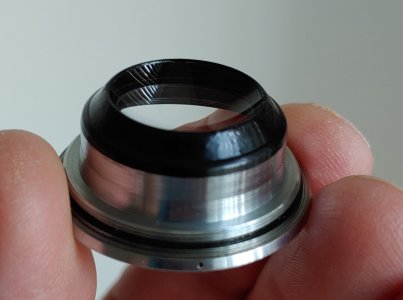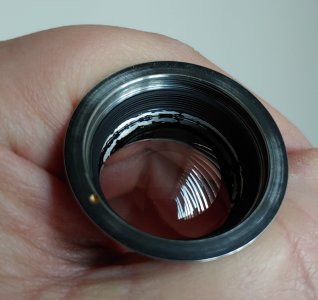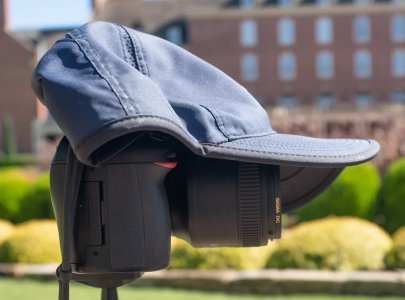RussPhoto
Member
Hello everyone!
Any recommendation on using coated modern filters with uncoated Leitz Summar 50mm to reduce flare? My copy of Summar is uncoated. What do you think about B+W Filters MASTER CLEAR MRC NANO? These type of filters are coated on both sides of the filter glass. Will it do the trick? I know I have to use the lens shade😉
Thank you!
Any recommendation on using coated modern filters with uncoated Leitz Summar 50mm to reduce flare? My copy of Summar is uncoated. What do you think about B+W Filters MASTER CLEAR MRC NANO? These type of filters are coated on both sides of the filter glass. Will it do the trick? I know I have to use the lens shade😉
Thank you!







